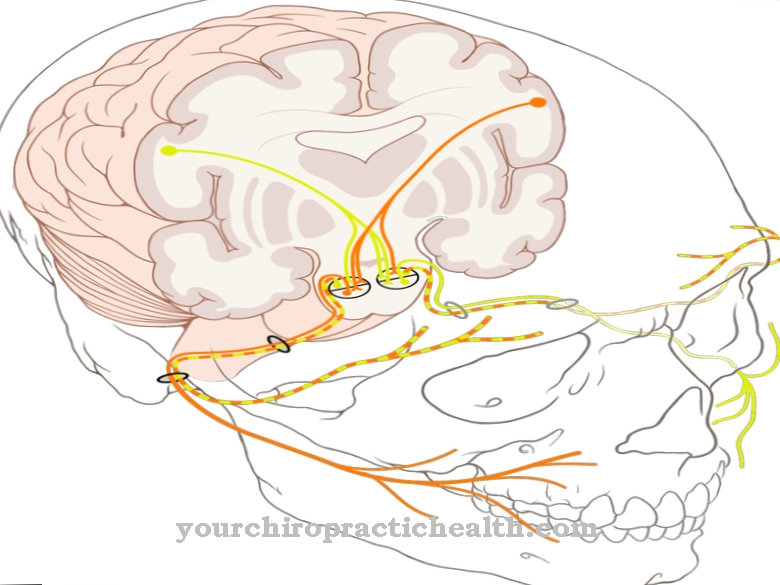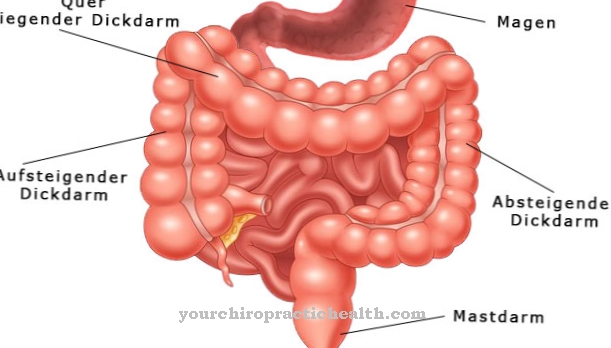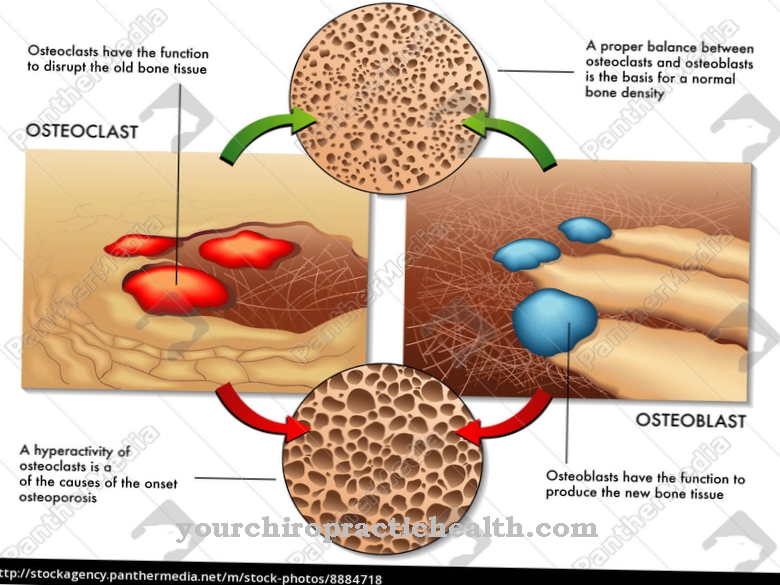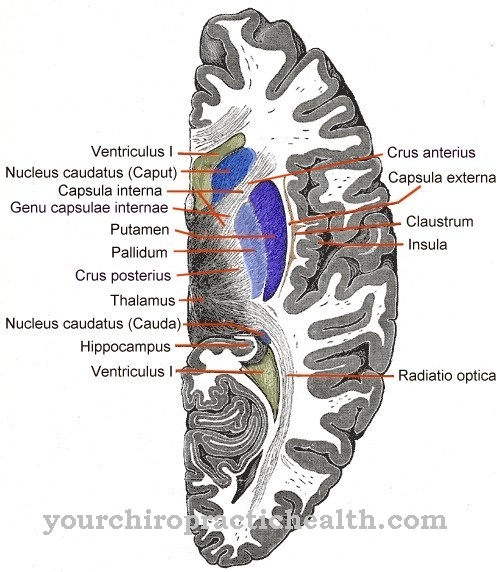Our eyebrows are much more than just a genetically manifested component of human facial hair. They fulfill essential protective functions, are an important mimic link in non-verbal communication and at the same time decorative "accessories".
No matter how diverse they are in terms of shape, styling and color - whether pale blonde, narrow and arched or dark, wide and unspoilt - only the eyebrows give the face its very individual, expressive frame.
What are eyebrows?
The eyebrows Like all body hair, (lat. supercilium) belong to the so-called appendages of the skin. They are thread-like tissue structures that are formed from the epithelial cells of the dermis and epidermis. They mainly consist of the hair component keratin, a horny substance.
In medicine, the eyebrows are assigned to the terminal hair, the short and bristle hair. The exact technical terminology describes the eyebrow as an arched, short-haired bulge of skin above the eye, between the forehead and eyelid. The structure of human hair is essentially the same.
Anatomy & structure
In the central core, it consists of the hair pulp, epithelial cells, surrounded by the hair cortex of pigment-rich, cornified cells and the hair cuticle as well as layers of the hair sheath. The hair is divided into three sections: the hair shaft, the hair follicle and the hair follicle. In the course of its cyclical reproduction, hair grows for about 10 weeks and then falls out.
Four facial muscles are responsible for the functionality of the eyebrows:
- The eyebrow lift (Frontalis muscle), also known as the forehead muscle or the hood muscle, is important for raising the browbone in a vertical position.
- The eyebrow frown (Corrugator supercili muscle) enables frowning in the middle of the face, downward.
- The eyebrow countersink (Depressor supercili muscle) lowers the eyebrow in the lateral middle third - with co-activity of the eye ring muscle (Orbicularis muscle).
- of the Procerus muscle, a narrow mimic muscle located on the bridge of the nose, is responsible for the lower third of the eyebrow
The thin lid skin of the eye merges into the thick forehead skin at the lower edge of the eyebrow. In the eyebrow area, the eye ring muscle is protected by a subcutaneous layer of fat. Finally, a deformable fat pad between the eye ring muscle and the periosteum enables great mobility of the eyebrow.
Why the eyebrows are blond, reddish or black in some people is determined by the occurrence of the cell's own hair dye melanin. This is formed in the melanocytes of the hair roots, as the oxidative end product of the melanosome production.
With the help of enzymes, the characteristic pigment characteristics develop - from reddish to brown-black. Only through the coupling of cysteine, a sulfur-containing amino acid, and the finely structured red pigment pheomelanin do the rare blond eyebrow hairs arise.
Tasks & function
The eyebrows fulfill very important functions. This includes in particular the protective function of the eyes and eyelashes against sweat, moisture, sunlight and mechanical stimuli, for example against foreign bodies. They also fulfill tasks in terms of thermal insulation, heat dissipation and friction reduction.
In addition, the extremely flexible eyebrows are an important communication tool. Raising or contracting the brows expresses a variety of emotions: astonishment, anger, skepticism or joy.
The degree of brow hair depends on many factors. Age, gender, race, health status and genetic factors all play a role. Strong terminal hair, such as eyelashes and eyebrows, is an important part of human facial hair in terms of health and aesthetics. Even babies are born with delicate vellus hair on their eyebrows.
Whether the cosmetic eyebrow emphasis is taken into account as a beauty-specific feature is entirely up to the individual assessment. Eyebrows that are perfectly plucked, styled, colored or made-up have been considered a female - and male - beauty ideal since ancient times.
They give the eye an expressive, strikingly contoured frame, focus the gaze and cleverly stage beautifully made-up eye make-up. Naturally well-groomed and professionally plucked eyebrows also hide small blemishes and anomalies, such as drooping eyelids, wrinkles or slanted eyes.
Even without strictly following the beauty dictation of the currently propagated dark-bushy natural growth - with skillfully accentuated eyebrows, the effective look of the eyes gets a very special dynamic.
You can find your medication here
➔ Medication for hair loss and baldnessIllnesses
In the case of eyebrow anomalies such as eyebrow loss, clinically Ulerythema ophryogenes, it is a cornification disorder with follicular hyperkeratosis (over-cornification), accompanied by vasodilation. The genetic disposition shows severe atrophy, significant shrinkage of the eyebrow follicles.
Small hyperkeratoses in the area of the lateral eyebrows are evident. The eyebrow loss mostly occurs in childhood or early adulthood. Targeted hormone therapy by the dermatologist provides acute relief and stimulates eyebrow growth.
Hair loss in women has many causes. Female alopecia is triggered by a drop in estrogen levels and a simultaneous increase in testosterone levels. Other favorable factors are physical and emotional stress, child birth, menopause, surgical interventions, taking medication or fungal infections.
There are already successfully practiced eyebrow reconstruction methods for women and men in aesthetic-surgical specialist practices and in specialized beauty clinics. With direct hair implantation (DHI), individual hair follicles are removed from the scalp and replanted with precision.
After about three to four months, the hair that is implanted in this way grows back. The new and minimally invasive procedure has significant advantages compared to the conventional strip technique reconstruction. Patients observe significantly less bleeding and scarring and have a lower risk of infection.
Important: The DHI method requires a high degree of aesthetic sensitivity, as each hair must be set individually and precisely in the direction of growth.













.jpg)

.jpg)
.jpg)











.jpg)